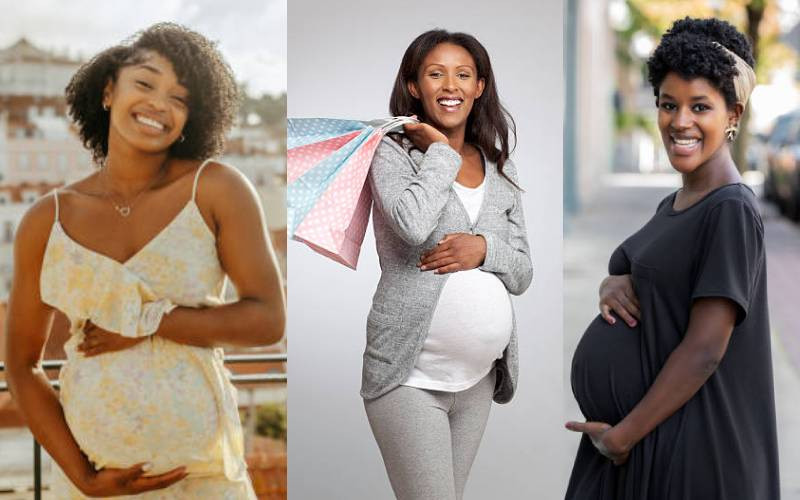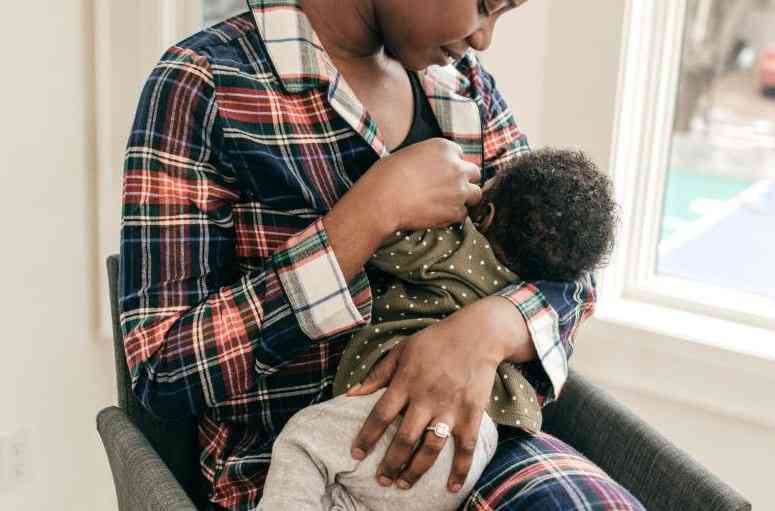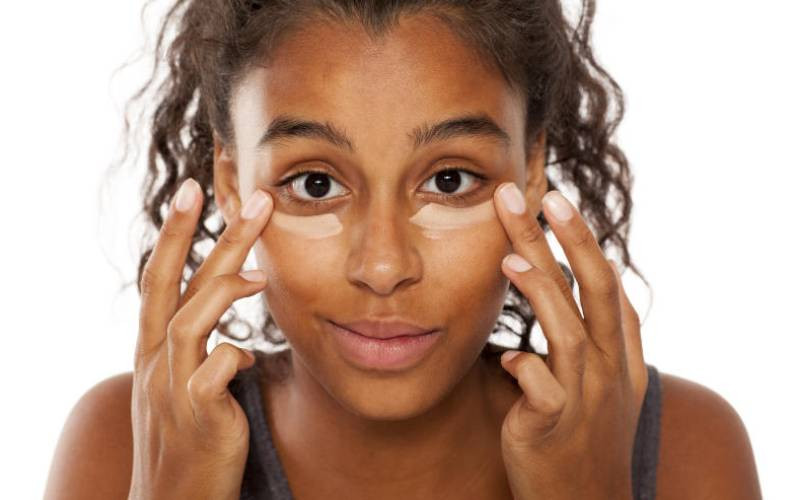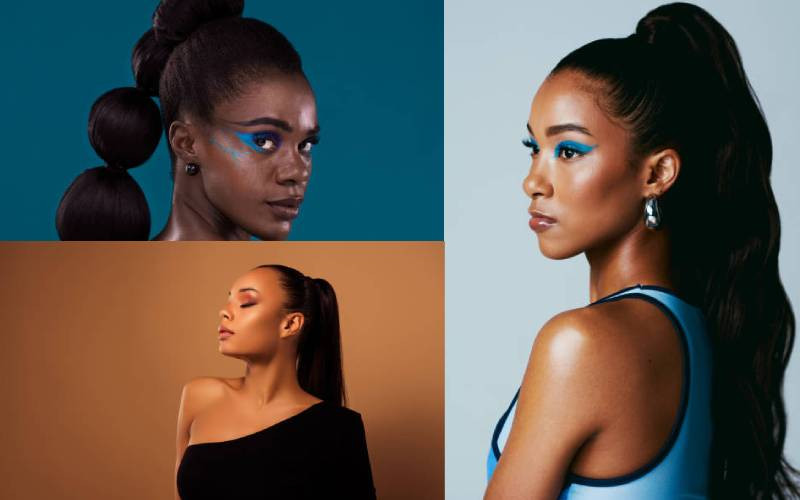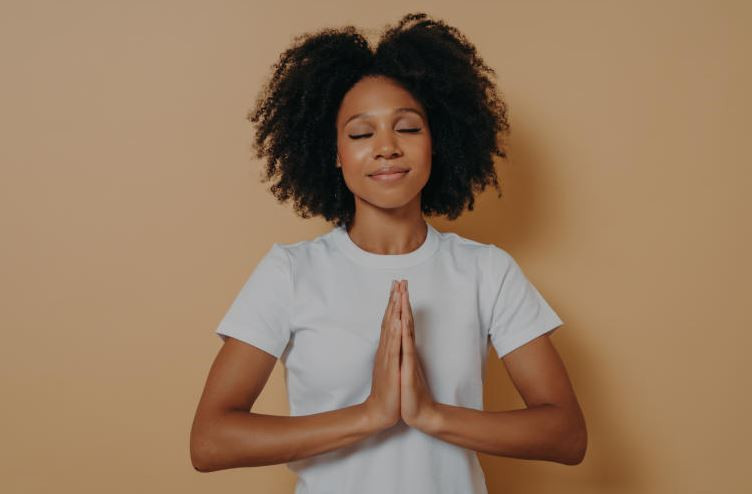
Ladies have to do a balancing act with gravity. The best place to support the breasts is through the lumbar (lower back) but often, women take the strain around the ribcage, which can cause a curved back.
If a woman is bending forward because of insufficient support, the trapezius (upper back region) overstretches and causes headaches.
You need a well-engineered bra so your shoulders don’t end up doing all the work
How to get the correct fitting bra
Look in the mirror
Fitting expert recommends that you stand in front of a mirror, looking out for pinching, pulling and sagging – tell-tale signs you have the wrong size bra.
Recheck your size
Get fitted every six months as the shape and size of breasts changes constantly.
Watch for spillage
If your breasts are spilling out, you might need to try a bra with a smaller back and a larger cup size.
Check your wire positioning
Bend forward and make sure the wires are under the bust.
Stand and move the breast from the underarm, if necessary, so it’s inside the wire.
Part your bust to make sure the centre of the bra sits between the breasts.
If your bra is riding up at the back
You need a smaller back size. The back band should be level with the underwire.
The band must support the breasts’ weight in the mid to lower back.
If it’s too loose, the shoulders will carry the weight, leading to back problems.
Look for any signs of ‘digging in’
If your bra is leaving red marks or digging at the arm pits, you may need a bigger cup.
If your shoulders are sore, get a bra with padded or wider straps.
Consider the time of the month
Most women’s breasts fluctuate depending on the time of the month.
Buy a bra with lots of stretch in it.
If your bust sags
Shorten straps or choose a more supportive style with a less stretchy fabric.
 The Standard Group Plc is a multi-media organization with investments in media platforms spanning newspaper print
operations, television, radio broadcasting, digital and online services. The Standard Group is recognized as a
leading multi-media house in Kenya with a key influence in matters of national and international interest.
The Standard Group Plc is a multi-media organization with investments in media platforms spanning newspaper print
operations, television, radio broadcasting, digital and online services. The Standard Group is recognized as a
leading multi-media house in Kenya with a key influence in matters of national and international interest.





